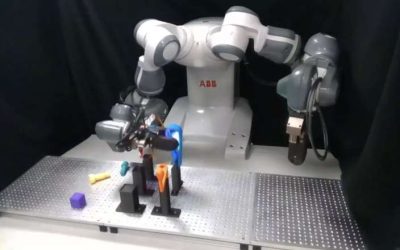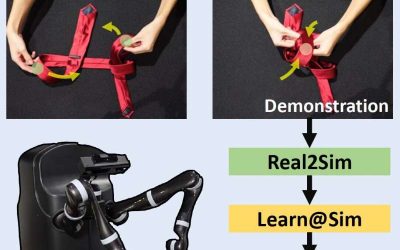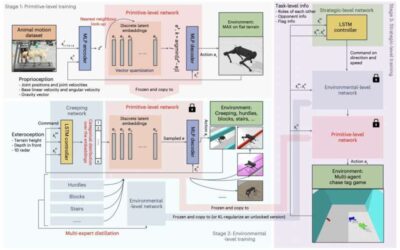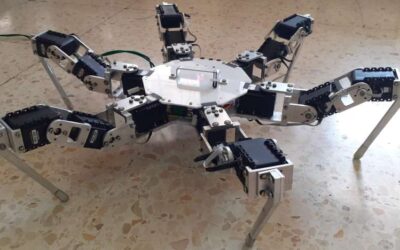Most robotic systems developed to date can either tackle a specific task with high precision or complete a range of simpler tasks with low precision. For instance, some industrial robots can complete specific manufacturing tasks very well but cannot easily adapt to...
Robotics
New framework allows robots to learn via online human demonstration videos
To be successfully deployed in real-world settings, robots should be capable of reliably completing various everyday tasks, ranging from household chores to industrial processes. Some of the tasks they could complete entail manipulating fabrics, for instance when...
New system enables intuitive teleoperation of a robotic manipulator in real-time
Imitation learning is a promising method to teach robots how to reliably complete everyday tasks, such as washing dishes or cooking. Despite their potential, imitation learning frameworks rely on detailed human demonstrations, which should include data that can help...
New framework enables animal-like agile movements in four-legged robots
Four-legged animals are innately capable of agile and adaptable movements, which allow them to move on a wide range of terrains. Over the past decades, roboticists worldwide have been trying to effectively reproduce these movements in quadrupedal (i.e., four-legged)...
A new method to achieve smooth gait transitions in hexapod robots
Robots that can navigate various terrains both rapidly and efficiently could be highly advantageous, as they could successfully complete complex missions in challenging environments. For instance, these robots could help to monitor complex natural environments, such...
A method to enable safe mobile robot navigation in dynamic environments
To successfully complete missions in dynamic and unstructured real-world environments, mobile robots should be able to adapt their actions in real-time to avoid collisions with nearby objects, people or animals.
A new large-scale simulation platform to train robots on everyday tasks
The performance of artificial intelligence (AI) tools, including large computational models for natural language processing (NLP) and computer vision algorithms, has been rapidly improving over the past decades. One reason for this is that datasets to train these...
A simpler method to teach robots new skills
While roboticists have introduced increasingly sophisticated systems over the past decades, teaching these systems to successfully and reliably tackle new tasks has often proved challenging. Part of this training entails mapping high-dimensional data, such as images...
An open-source robotic system that can play chess with humans
Artificial intelligence (AI) systems that can play games with humans have become increasingly advanced and have already been deployed by countless videogame developers worldwide. Most of these systems, however, are designed to compete against humans online, on digital...
A weeding robot that can autonomously remove seedlings
Robotic systems are already being deployed in various settings worldwide, assisting humans with a highly diverse range of tasks. One sector in which robots could prove particularly advantageous is agriculture, where they could complete demanding manual tasks faster...










